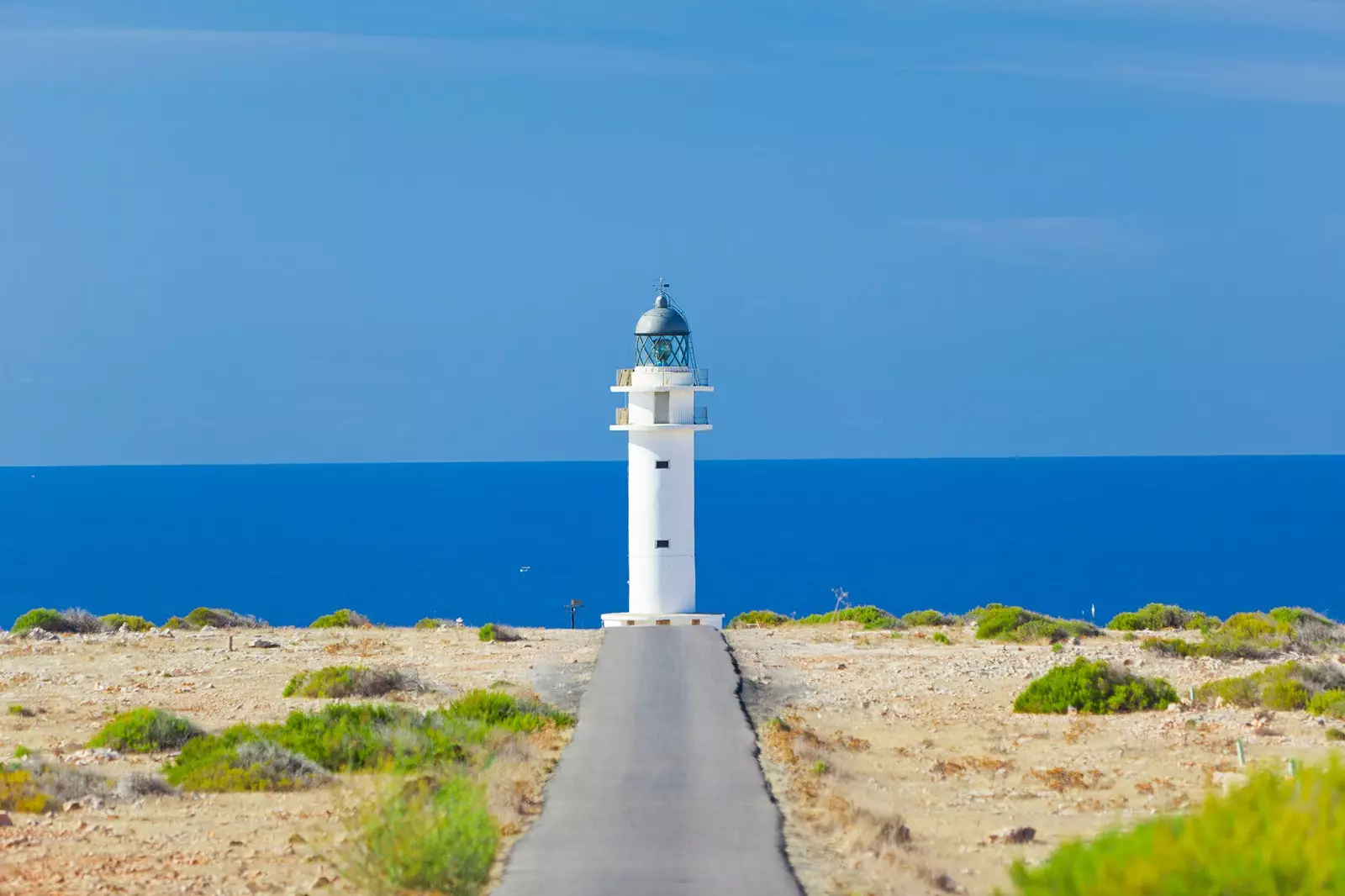
37 kilometers of highway and no traffic lights
Formentera is an island of 83.2 km2 full of idyllic beaches, wild coves and cliffs. Its profile is very flat, with its highest point, Cap de la Mola (Cabo de la Mola), located at its eastern end just 192 meters above sea level. With a total length of just over 20 km, it has an isthmus in the center 2,000 meters wide.
The main towns are in the interior, where they were located in the past to defend themselves from the attacks of the pirates who visited it for centuries. And not because he hid great wealth.
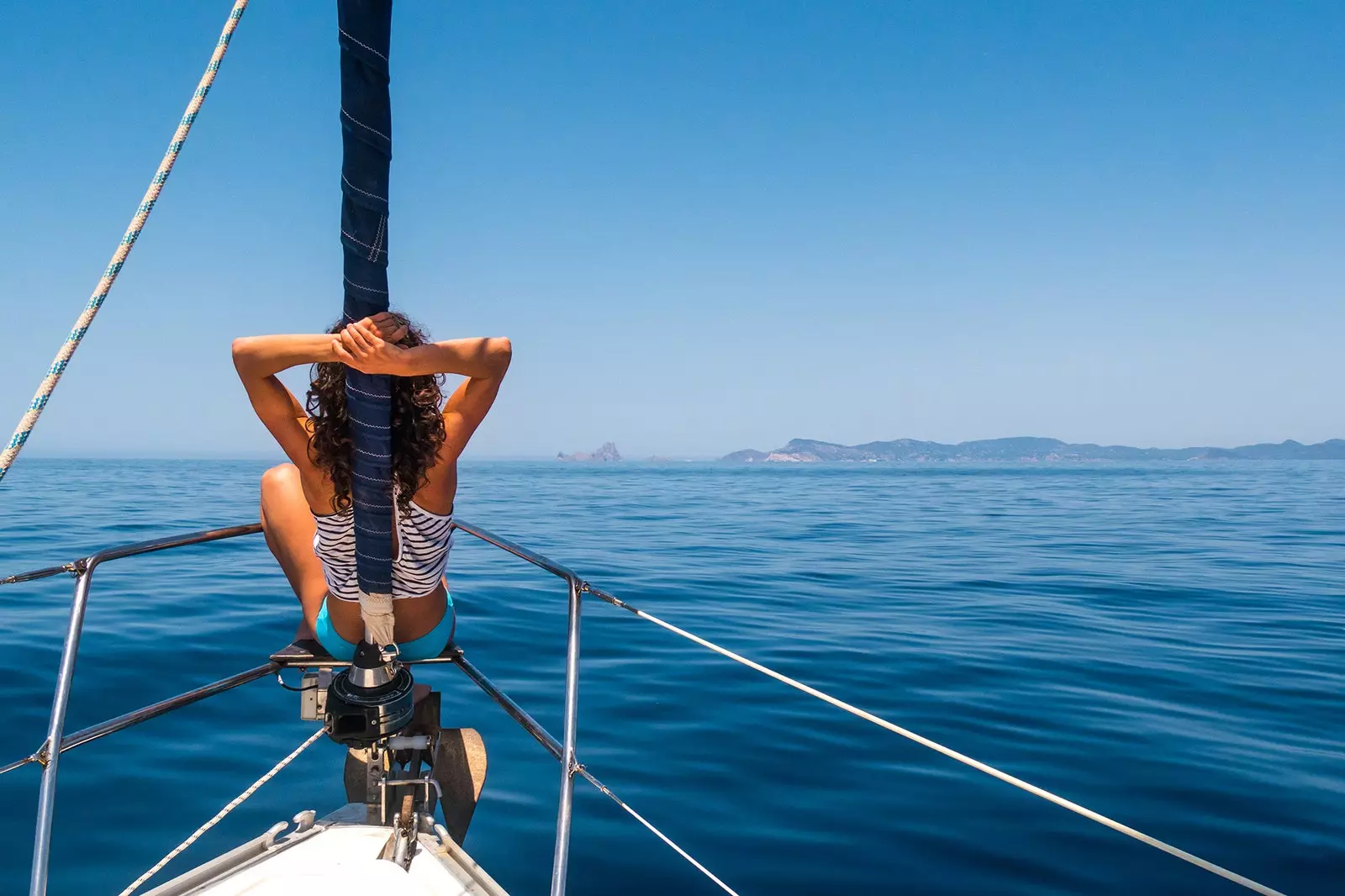
Between Ibiza and Formentera, always by boat
The gateway to Formentera is really the port of Ibiza, even in high season. Its only communication with the outside world is by boat, which is essential to cross the Strait of Es Freus between the two islands, about 11 km of sea that takes around half an hour to cross.
Back on solid ground the first stage is Sa Savina, the only port in Formentera. We can arrive with our vehicle or rent it in one of the many rent a cars that are at the foot of the port. The offer on two or four wheels is impressive: bikes, scooters, electric cars, convertibles and even an old Citroën Mehari. In Formentera there are 140 registered, but in summer even more arrive.
THE ORIGIN OF IBIZA HERBS
Although during the Civil War and until 1953 this island had a hydroport to the north, at Estany Pudent, where seaplanes landed and took off, the current absence of an airport has allowed it to preserve the essence and wild nature.
Its vegetation is made up of pines, fig trees, junipers, almond trees and, above all, thickets of all kinds of wild herbs. Some are indigenous, such as the frigola , a kind of thyme that dyes the fields purple in spring and summer. It is the secret element to make a liqueur from Formentera, but the one that neighboring Ibiza has appropriated: the famous Ibizan herbs, essential at the end of any meal.
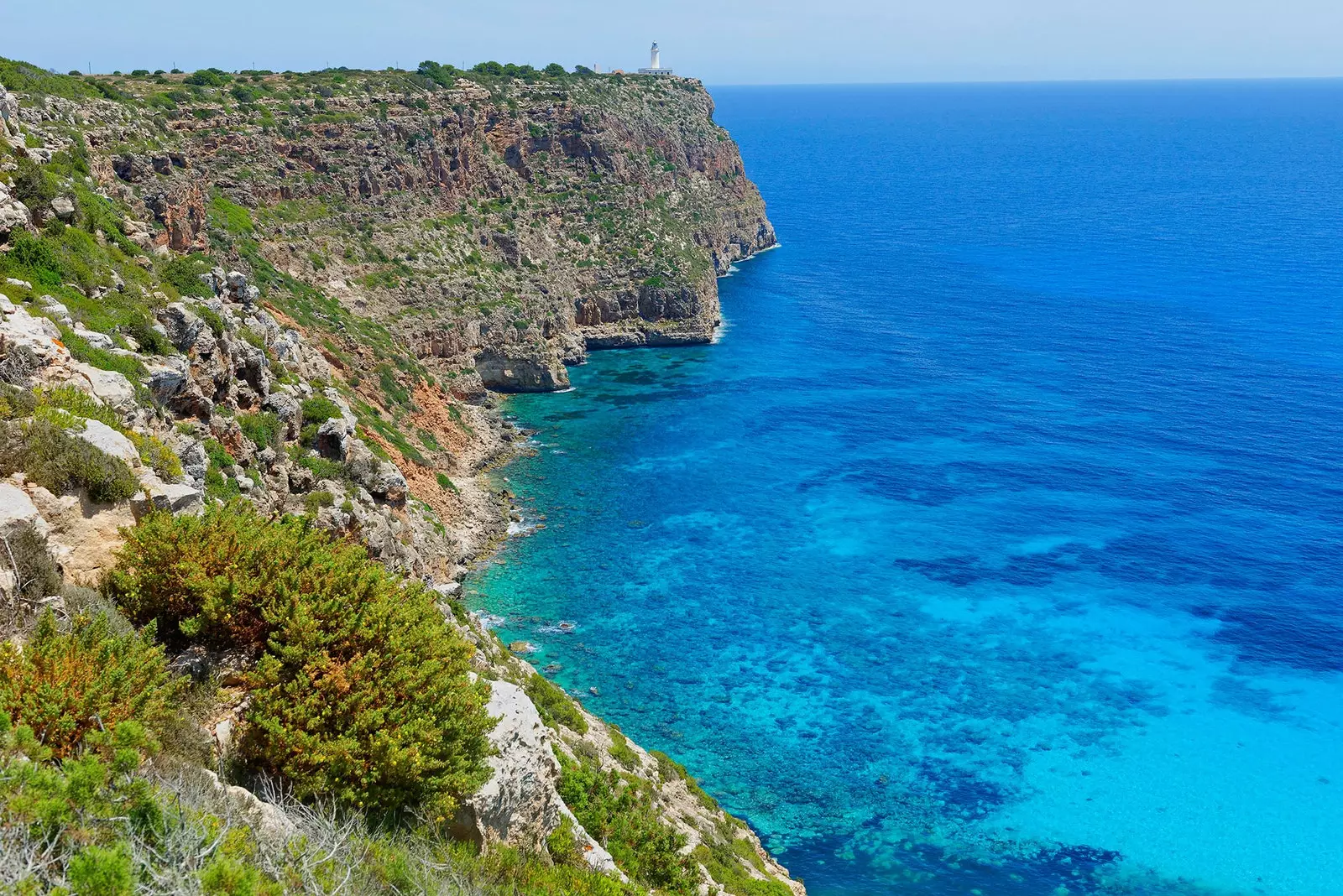
Idyllic beaches, wild coves and postcard cliffs
The smallest inhabited island of the Balearic Islands depends on Ibiza for almost everything. For your visitors to arrive, to stock up or for health and administrative assistance. A fleet of helicopters transports people who cannot be treated in the small center to the hospital in Ibiza. Sant Francesc Xavier , its most important locality.
In winter, if the weather is bad, your about 13,000 inhabitants they remain isolated. And in summer the population could increase fivefold, although many are day visitors and others stay on the hundreds of ships that anchor in its 69 km of coastline.
With these characteristics it is clear that it is difficult to get lost in this paradisiacal territory, but only for about 60 years, when the sophisticated, bohemian and wealthy American, German, English, French, Swiss or Italian tourists landed there wanting to bathe naked and have a good time drinking herbs or using them as they saw fit.
THE MAIN ROAD
In those years of the last century, the island's communications network was basically made up of dirt roads, except for the main artery that, like a column, crosses Formentera from east to west. And that the PM-820 It covers the longest distance on the island (20 km), between the port of Sa Savina and the lighthouse of Sa Mola.
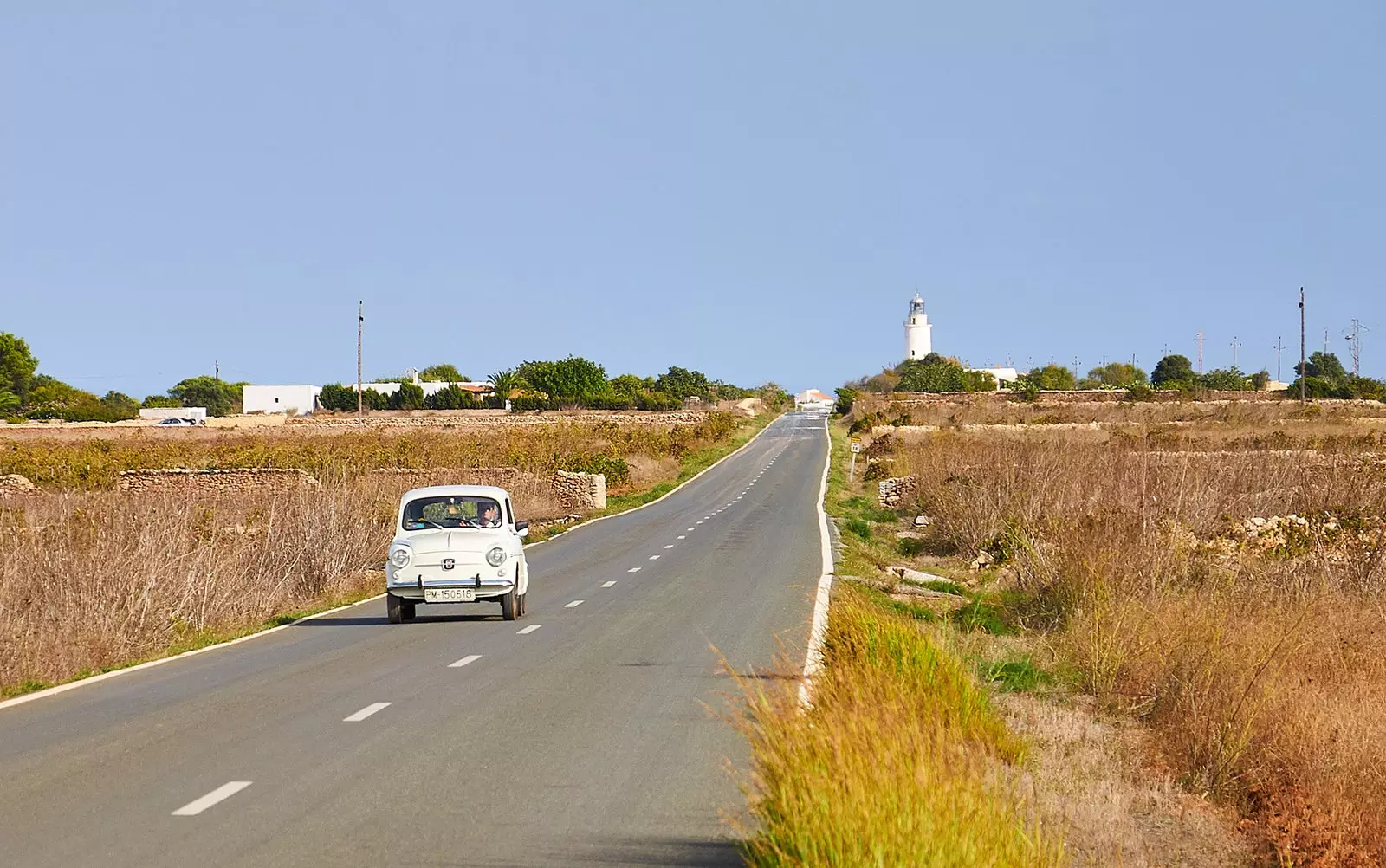
The PM-820 reaches the Sa Mola lighthouse
This road, which was completed in the 1920s, is still the main road on the island, with one lane in each direction, bike lanes and without a single traffic light, only three roundabouts. It is basically a long straight line that unfolds inland and crosses the main towns: Sant Francesc Javier, Sant Ferran de Ses Roques, Caló de Sant Agustí and Pilar de La Mola.
The only curves of the PM-820 are found when climbing towards Cap de la Mola, eight or ten linked turns, easy to trace unless you come across a tour bus. That may be the only problem when driving on the island. those curves and the hundreds of mopeds and bicycles that roll in the summer months that sometimes make you feel like you're on a circuit.
In the middle of the mountainous section, at km 14.3, it is essential to stop at **El Mirador** restaurant, which lives up to its name because the spectacle is impressive: you can see the whole island and in the background Es Vedrá, the Ibiza's famous mound.
The last part of this road is a straight line on a plain, with Sa Mola lighthouse in the background, which abruptly ends in sheer cliffs above the sea. As if it were the bow of this island anchored in the Mediterranean.
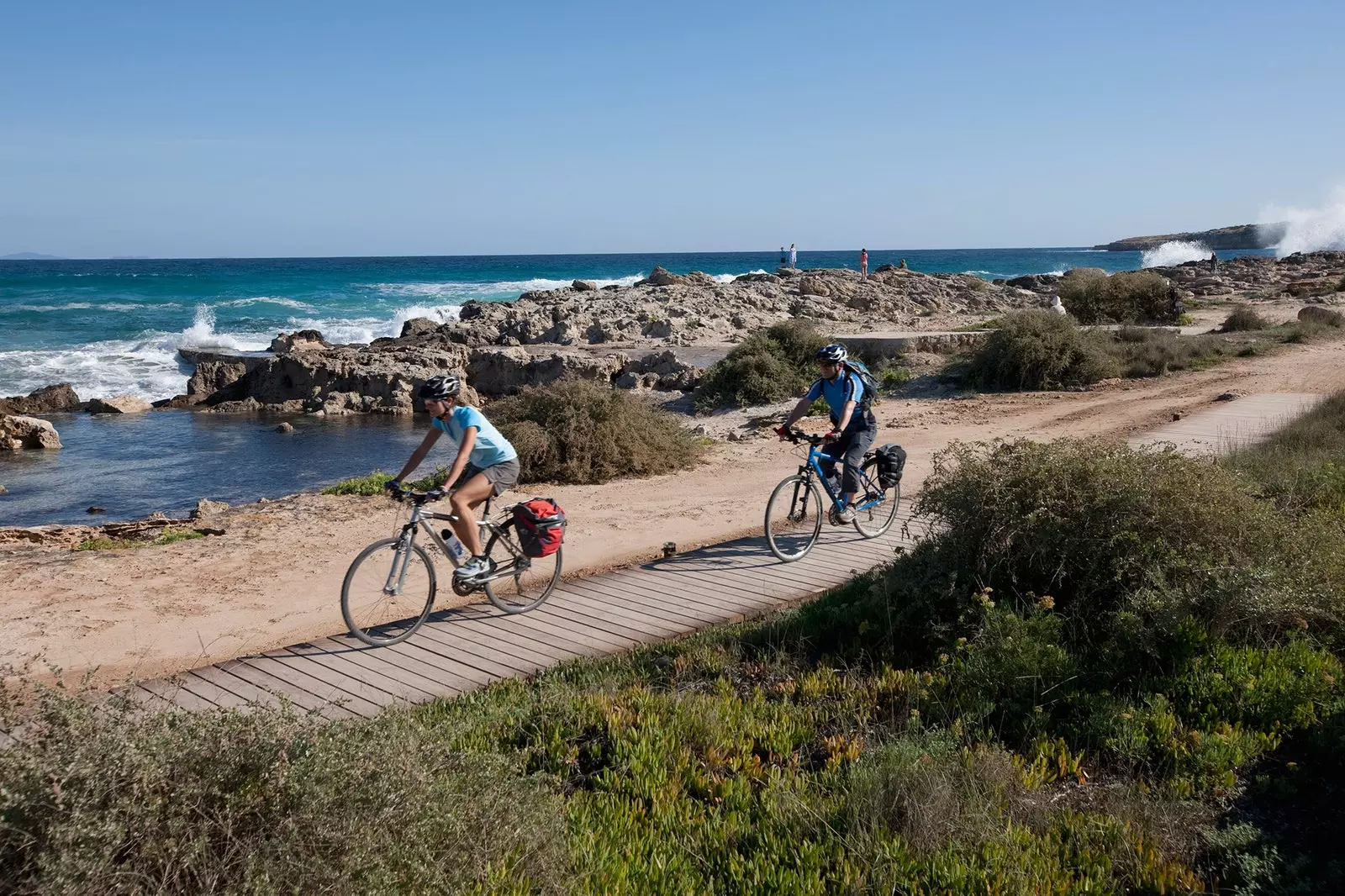
On your journey you will find hundreds of bicycles
At the foot of the lighthouse you find yourself two charging points for electric vehicles, the assault of the 21st century. The Insular Council has been trying in recent years to humanize circulation in its territory. The roads have not been unfolded, It has enabled 32 green routes totaling more than 100 km and is clearly committed to electric mobility. Throughout the island there are 24 recharging points, possibly the highest concentration per km in Spain.
TWO VARIANTS
Formentera's main road has two variants. The first, the PMV 820-1 of 9.2 km, heads south. It starts in Sant Francesc and ends at Cap de Barberia, where is the lighthouse of the same name that became famous in the movie Lucía y el Sexo. It has become one of the most iconic images of the island, fodder for selfies.
The orchards fenced with stone walls and the pine trees that we cross on the first part of the road suddenly disappear to make way for a rocky landscape where only a few bushes grow.
FAMINE AND DEPOPULATION
Although in Formentera there are megalithic remains from about 2,000 years a. C. (Ca Na Costa) and through it passed Phoenicians, Greeks, Romans, Muslims and many pirates, including Vikings, perhaps ancestors of today's tourists, none of them stayed. Only the Romans and the Arabs They stayed a little longer and left some inheritance. The former, the balance or the fish oil light, and the latter, the waterwheel, the windmills, the cisterns or the ceramics.
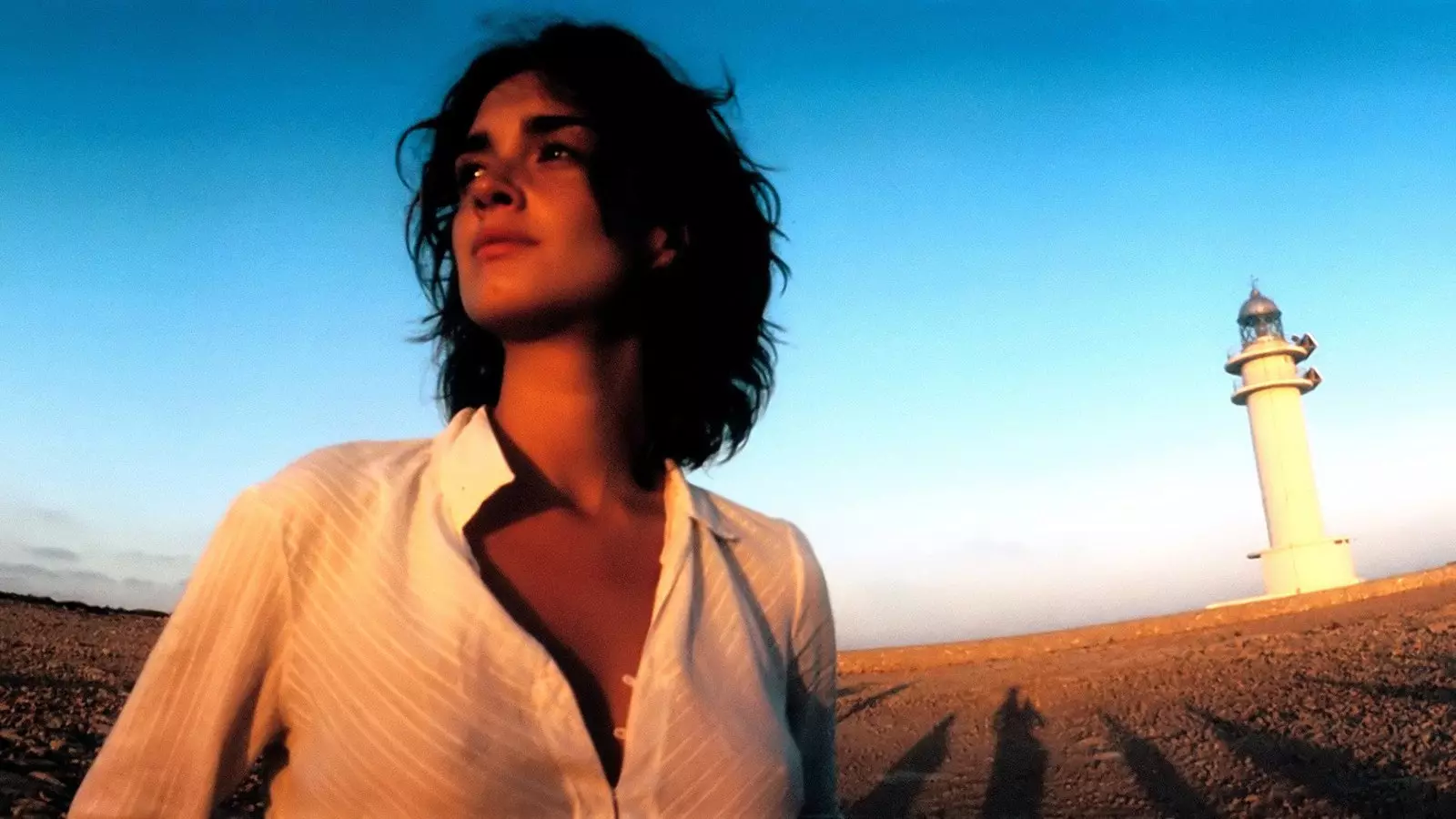
When the cinema makes places fashionable
Formentera has been a fairly uninhabited island throughout its history. Until now.
The current paradise was a hell for the inhabitants of past centuries, who They had to feed themselves with the scarce figs and almonds that the land gave, small orchards or fishing. Famine and pestilence periodically caused the displacement of all Formenterans to the neighboring island.
For centuries it was reduced to a place where the Ibizans stocked up on wood, charcoal made with the pines that formerly provided shade in Cap de Barberia, stones, salt and slaves. The slaves were the pirates who wandered around Formentera and who were tied up from time to time.
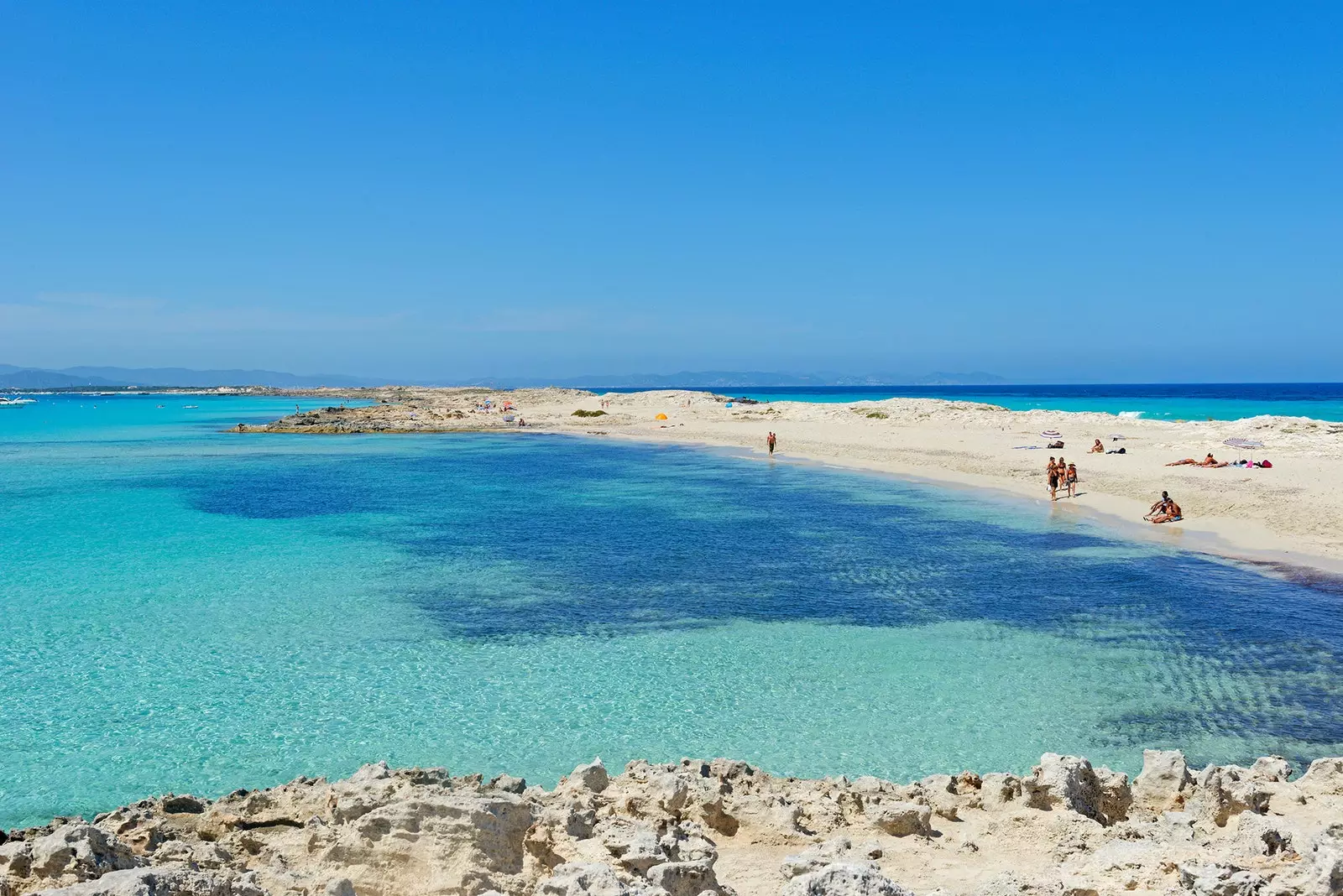
Ses Illetes, THE beach
NORTH VARIATION
The northern bypass of the main road, PM 820-2 traces a circle of about 7.4 km between Sa Savina and Sant Ferran de Ses Roques. Cross the spectacular natural park of Ses Salines , continuation of the one in the south of Ibiza, and Ses Illetes beach , a white sandbank with transparent turquoise waters.
Some streets or 'avingudas' emerge from this basic network and, above all, many paths that bring us closer to beaches , such as Migjorn in the south or Cala Saona, where there are spectacular sunsets. Many of the accesses have to be done on foot.
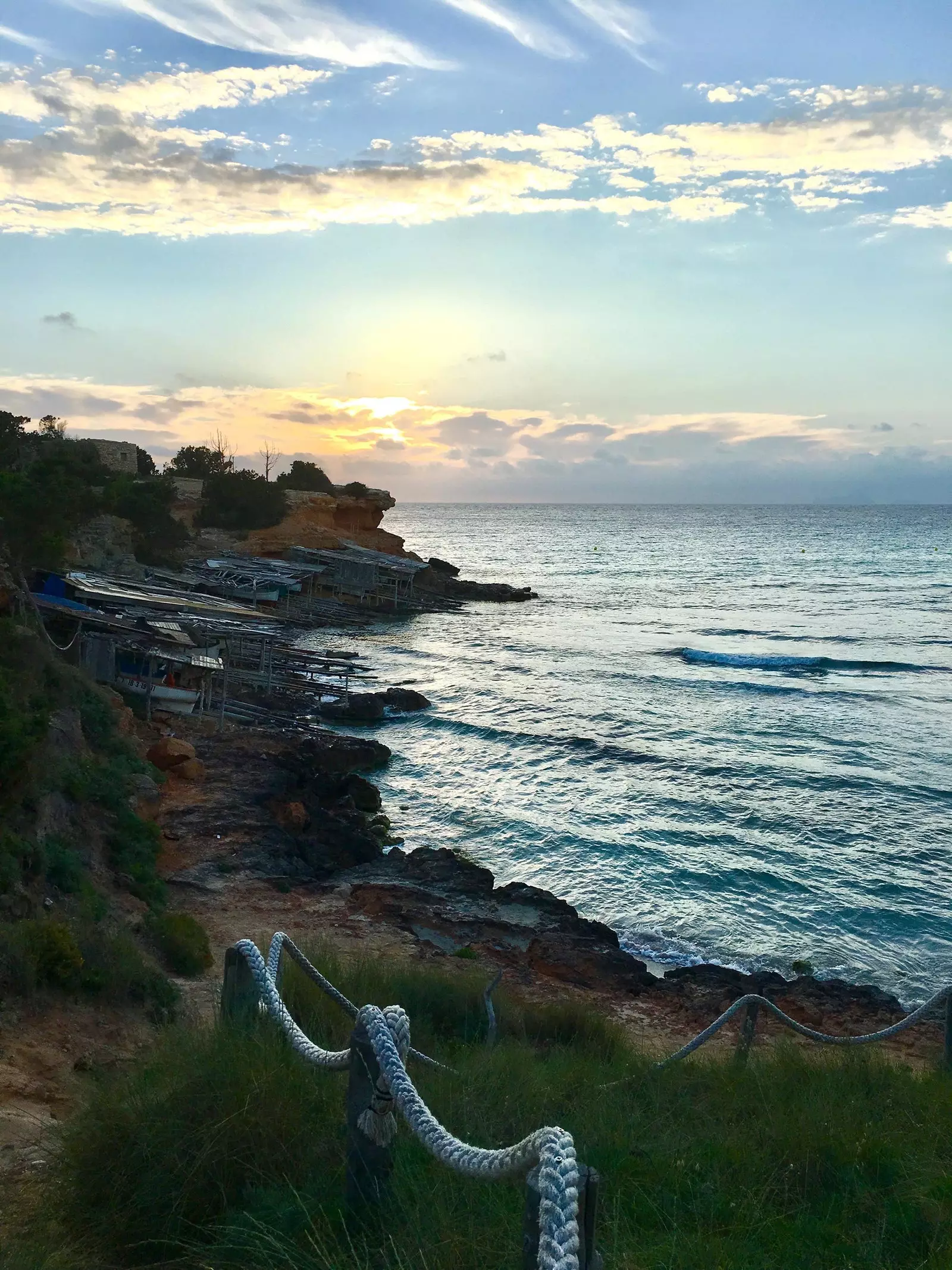
Cala Saona and its sunsets
Formentera is determined to remain a paradise, although a few years ago it seemed like a province of Italy. The chic and hipster tourism of the French, Germans and some Italians broke down in the early 1990s. The economic crisis caused the Germans to sell their businesses and the Italians entered en masse driven by the fame that the vacations of its most famous soccer players gave to the island.
REMAINS OF THE PAST
Today the origin of visitors is more balanced and the limitations to build large hotels, together with the escalation of prices, has preserved a more sophisticated style.
In fact, Formentera still preserves some of the places frequented by the first hippies. Fonda Pepe , in Sant Ferran, where it is said that they drank herbs and other things, Bob Dylan, Jimi Hendrix, King Crimson and some members of Pink Floyd and Led Zeppelin , remains almost the same.
The Hostal La Savina , which today runs the fourth generation of owners, was the first by the sea and the Hotel Between Pines dates back to 1967.
Most of the accommodations are apartments, rural houses and boutique hotels such as the **Gecko Hotel, in Migjorn,** with a nice restaurant on the beach.
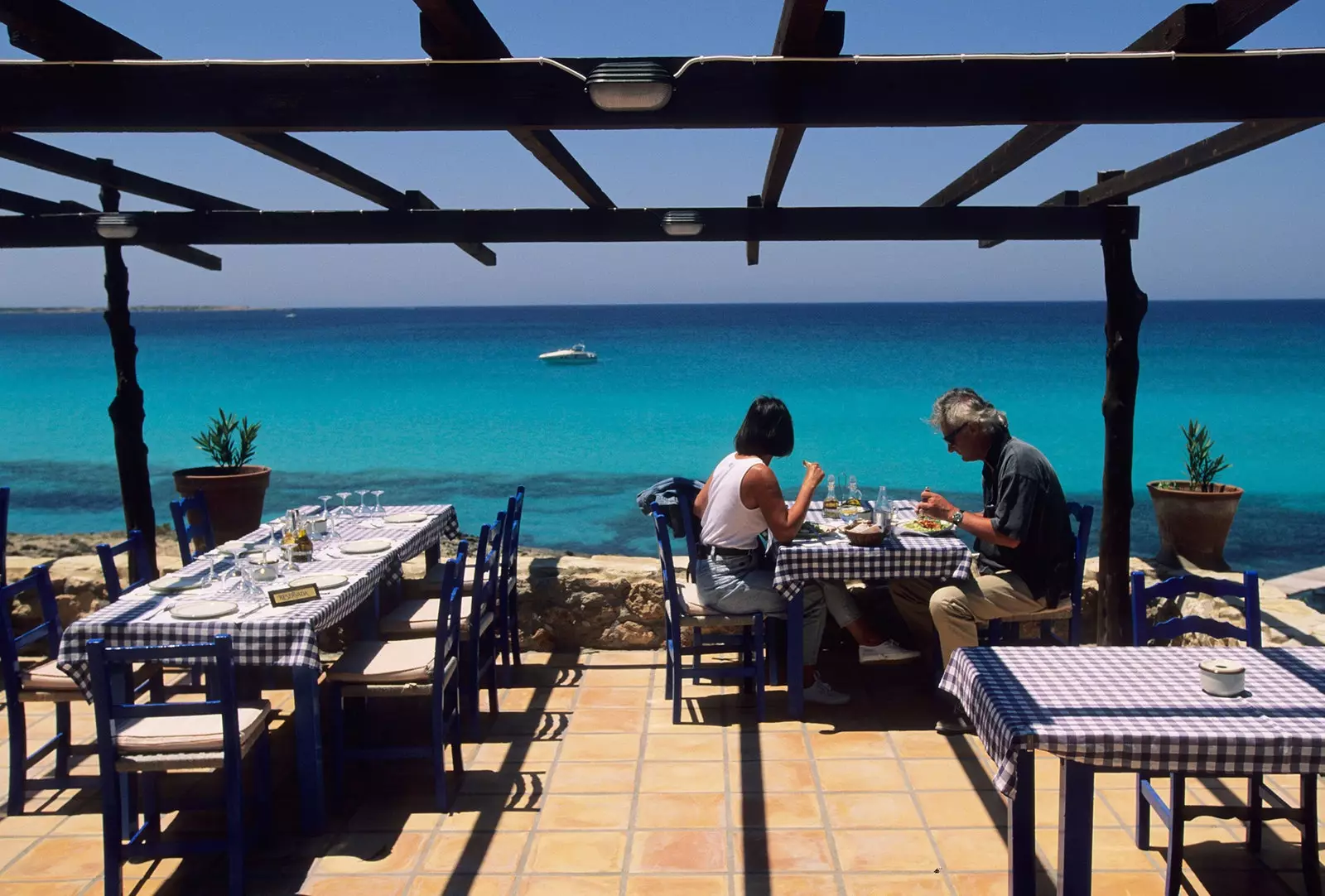
Chiringuitos in which to treat yourself to the pleasure of eating
Eating in Formentera is not cheap, but it has a handful of excellent places, a cross between a beach bar and a chic restaurant, which combine local stews and salads with Italian food.
BOOKS IN THE SAND
Formentera is mentioned in one of Jules Verne's most surreal and unknown novels, Hector Servadac , in which a group of people from different countries travel the solar system on the back of a comet after a catastrophe in the Mediterranean.
The French writer, unlike his descendants, never set foot on Formentera and it is not clear how he knew it, but there he placed Palmyrin Rosette, when the comet arrives. The island thanks him with a plaque at the Sa Mola lighthouse.
Surreal is also Za Za, Emperor of Ibiza, by Ray Loriga , in which yachts, designer drugs and nouveau riche parody a neurotic and fast-paced pack.
6 (out of 12) ways to die in Formentera Y Other 6 (out of 12) ways to die in Formentera , by Javier González Granado, is a collection of curious stories dedicated to a month of the year and a tragic death, with nods to the present and the past of Formentera.
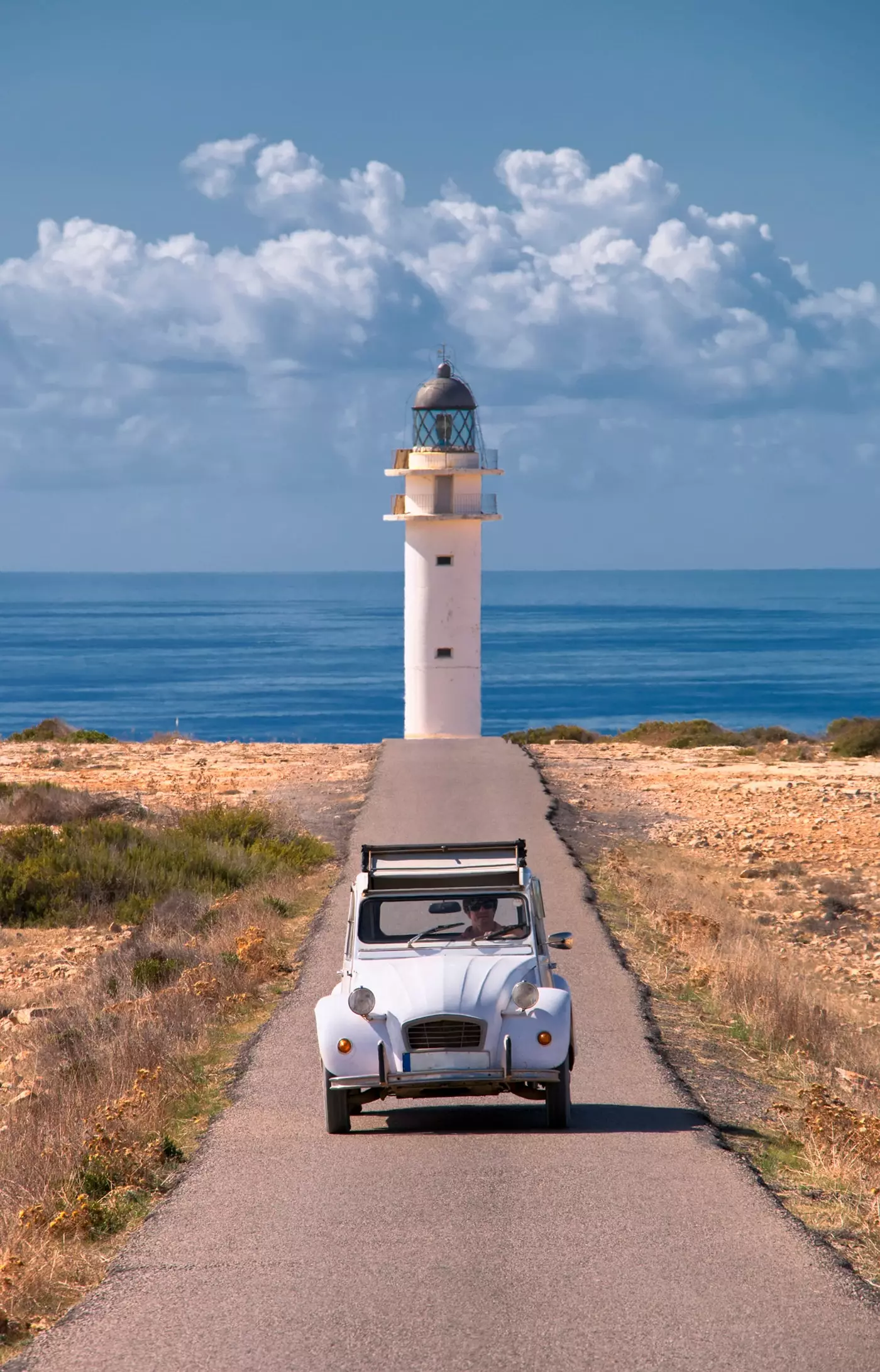
Wonderful!
